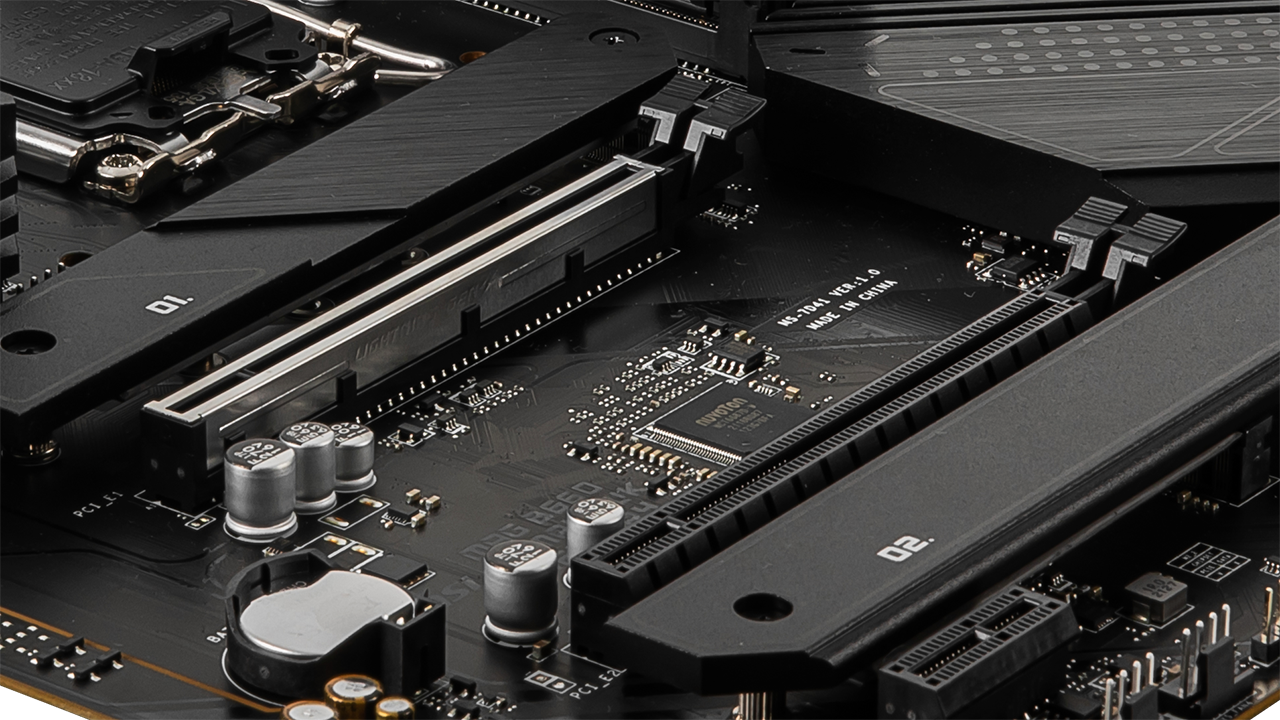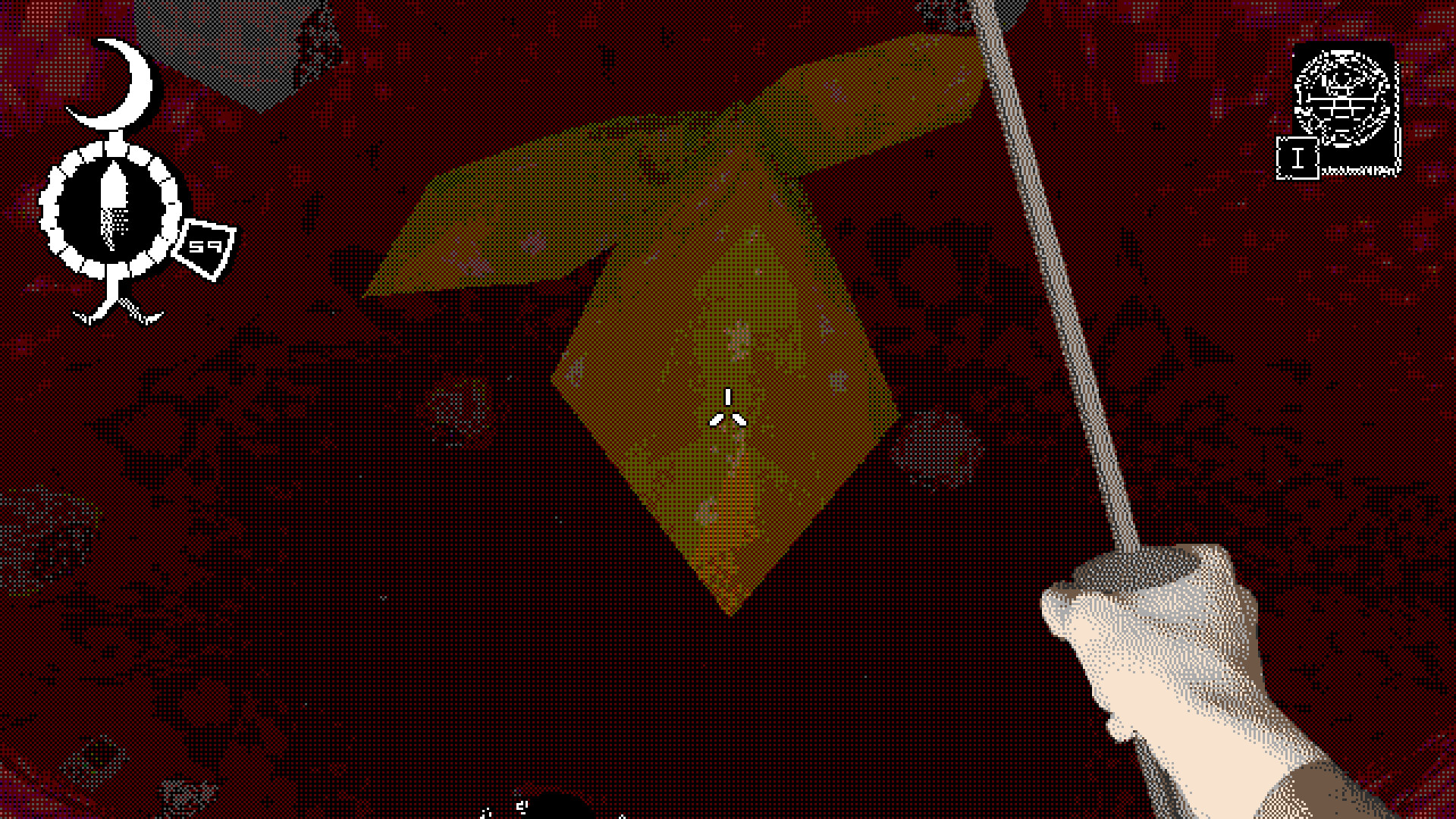
Don't hold your breath, though. Actual devices are unlikely to release before 2027 at the earliest.
PCIe 5.0 devices remain scarce, but the industry never sleeps. The PCIe 6.0 spec is finalized, with devices likely a year away at best. But look out, because here comes PCI Express 7.0 right on schedule.
The PCI-SIG is holding its annual developer conference in California right now. It’s the body tasked with the development of PCI Express specifications, and the group has announced a version 0.3 draft of the PCIe 7.0 spec. It remains on track to deliver the final spec in 2025, with devices to follow around 2027 at the earliest.
PCIe bandwidth doubles every generation so PCIe 7.0 will deliver a maximum data rate up to 128 GT/s. That’s a whopping 8x faster than PCIe 4.0 and 4x faster than PCIe 5.0. This means PCIe 7.0 is capable of delivering up to 512GB/s of bi-directional throughput for a x16 connection and 128GB/s for an x4 connection. Imagine what that could mean for PCIe 7.0 SSDs.
Don’t feel as though your rig is suddenly facing obsolescence, though. PCIe 7.0 is still years away from becoming mainstream. It’s going to be much more relevant in the commercial space, at least initially. Bandwidth-hogging data centers and HPC systems are obvious targets for PCIe 7.0 and interfaces derived from it.
As far as graphics cards are concerned, you’ll be fine for years to come. A PCI Express 4.0 x16 connection isn’t a bottleneck for an RTX 4090, while Nvidia and AMD have no problem offering mid-range cards with x8 links. PCIe 5.0 and 6.0 cards are at least a year away.
PCIe 7.0’s increased bandwidth for a given lane count means we’ll see more x8 and x4 graphics cards in the future. In fact, even a PCIe 7.0 x2 link offers as much bandwidth as a PCIe 4.0 x16 link.
(Image credit: PCI-SIG)
It’ll be interesting to see what PCIe 7.0 means for future SSDs. A PCIe 7.0 x4 SSD that can transfer over 50GB/s sounds interesting, but will it be of practical use for us? You’ll need another device capable of supporting that kind of blink-and-you’ll-miss-it throughput to see it.
(Image credit: Future)
Best CPU for gaming: The top chips from Intel and AMD
Best gaming motherboard: The right boards
Best graphics card: Your perfect pixel-pusher awaits
Best SSD for gaming: Get into the game ahead of the rest
PCIe 5.0 SSDs are still scarce, and while they offer headline grabbing sequential transfer speeds, in the real world, a good quality PCIe 4.0 SSD is still perfectly viable. It’ll be interesting to see where SSD tech goes in the years ahead. I’d like to see M.2 ditched in favor of drives with cables, honestly.
While PCIe 7.0 sounds good on paper, it’s almost surely going to come with drawbacks. I don’t pretend to have the expertise of an electrical engineer, but each PCIe generation comes with greater complexity. That means more complicated motherboard designs and so, higher prices. That’s the last thing we need.
We’ll have to wait a few years before PCIe 7.0 devices hit store shelves. PCIe 5.0 isn’t yet established, to say nothing about PCIe 6.0. But it is nice to get glimpses of some of the tech we’ll be seeing in our rigs towards the end of the decade.




